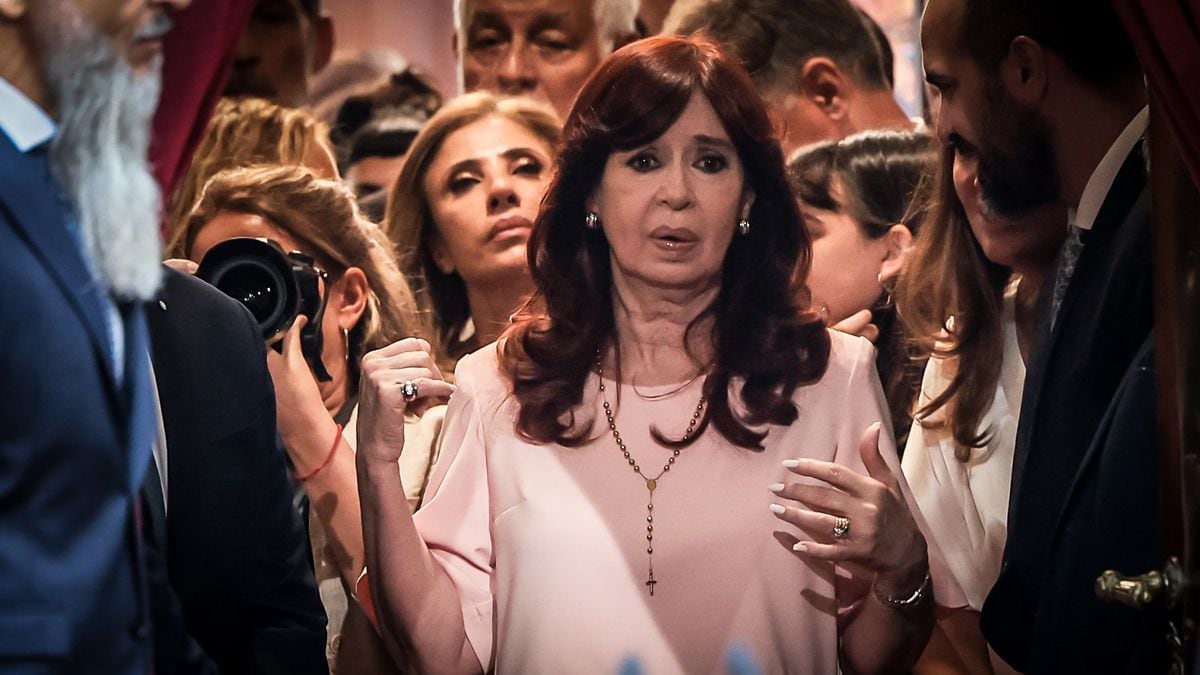The face of the President and official candidate, Nicolás MaduroIt will appear in 13 of the 38 boxes on the ballot that voters will see in the presidential election on July 28, one for each political organization that supports it, but that is the result of party interference, experts agree.
By Carolina Alcalde / VoiceofAmerica.com
The faces of the 10 candidates participating in the election will appear on the ballot “as many times as the institutions present them,” as established by the Venezuelan electoral system, he explains. VOA Political scientist and electoral consultant, Jesus Castellanos.
It also stands out that a significant portion of the cards supporting Maduro and other candidates are related to parties that have been sued by the Supreme Court (TSJ) in recent years.
“Their orders have been interfered with and the PPT, Podemos or the Commonwealth PartyAnd also the recently formed parties for this 2024 presidential election,” he elaborated.
Maduro has the support of 13 political parties, despite being hostile Edmundo Gonzalez Urrutia At least 11 people support it, and they did not appear on the ballot of the National Electoral Council (CNE), as many of those cards were intercepted and given to politicians participating in the race and indicated by opposition from government collaborators. .
There are four rows in the ballot paper. Maduro, seeking his third term, is recognizable at first glance, above and to the left: he occupies the 10 squares in the first row; Two from two and one from three. To distinguish the rest of the candidates, you need to take more time and carefully review.
Gonzalez Urrutia, 74, leads Maduro by more than 15 points, according to recent polls, occupying three boxes scattered in the second and third rows among several candidates.
Enrique MarquezA candidate who could become an “emergency” option if some of the cards supporting González are blocked, has a spot on the third row.
Antonio Eccari And Luis Martinez appeared on the cover six times; Jose Brito, four; Daniel CeballosTwo and Javier Bertucci, Benjamín Rausseo and Claudio Fermín, one each.
Asked about the connection between his appearance on the card and Gonzalez's chances of winning. Disqualified President, Maria Corina MachadoCastellanos clarifies that this is not necessarily true of appearing in many or few, and places more emphasis on understanding the role the candidate plays.
“People put it more than the number that appeared on the ballot,” he replied.
Ignacio avalos, sociologist and member of the Venezuelan Electoral Observatory (OEV), remembers that in Venezuela it is common for a candidate to appear multiple times on a card, with preference given to parties with the right to nominate.
In this regard, he highlights that it is appropriate for every political actor to coordinate with witnesses and observers to ensure that the electoral process is conducted “according to law”.
In many countries in the region, it is not customary to repeat the image of the presidential candidate multiple times on the election card, where only one photo of each of them usually appears, sometimes with the vice presidential candidate.
Other warnings
Avalos believes that while this is an advantage for the government, he stresses that “it is not a decisive factor” and notes the impact other measures have had on the right to freedom of choice, including the registry. Election or disqualification without a final judicial decision.
Castellanos, meanwhile, has differences between Maduro's image on the electoral tool, which appears larger compared to other electoral offerings.
“There may be inequality to the extent that there is more clarity compared to other candidates, and we don't know if this is a fixed pattern or if there could be changes,” he cautions.
Also, between the candidates and the ballot paper, there were color and even image changes in the cards of some parties, insisting that they should not occur after the application process is over.
“In the case of the United Party of Venezuela there is a more radical name change. Venezuela Unita, as it was registered and appeared in the official gazette, now appears as Venezuela Unidad. This is not an accidental change,” he says, adding that in 2015 the CNE became a party next to the Democratic Unity Roundtable (MUD). Changed the name of the party, which unites the majority of the opposition.
“The word Unity should not be repeated, because the law prohibits the use of denominations under the same name. It appears not only on two cards, but on all three. We think this is a response to an attempt to confuse voters,” he assesses.
Although political parties can change their nominations up to ten days before the election, these changes will not be reflected on the ballot.
While the traditional opposition parties have made several strides, experts say they are fragmented with 74 days to go before the election scenes They can present themselves, including blocking some cards that support Gonzalez, but they insist that elections are the only real way to achieve democratic change in the country.
A politician considered close to the government by the opposition has appealed to the TSJ to cancel the MUD card, with no ruling to date.





:quality(85)/cloudfront-us-east-1.images.arcpublishing.com/infobae/FVNTXGAGFIT3KQWJH5HYR4JCOY.jpg)
